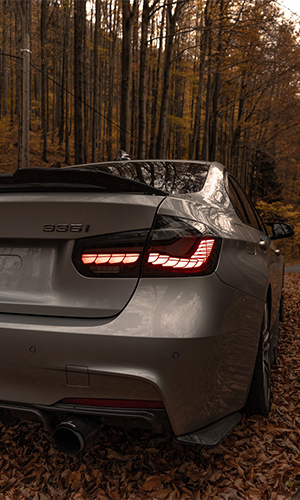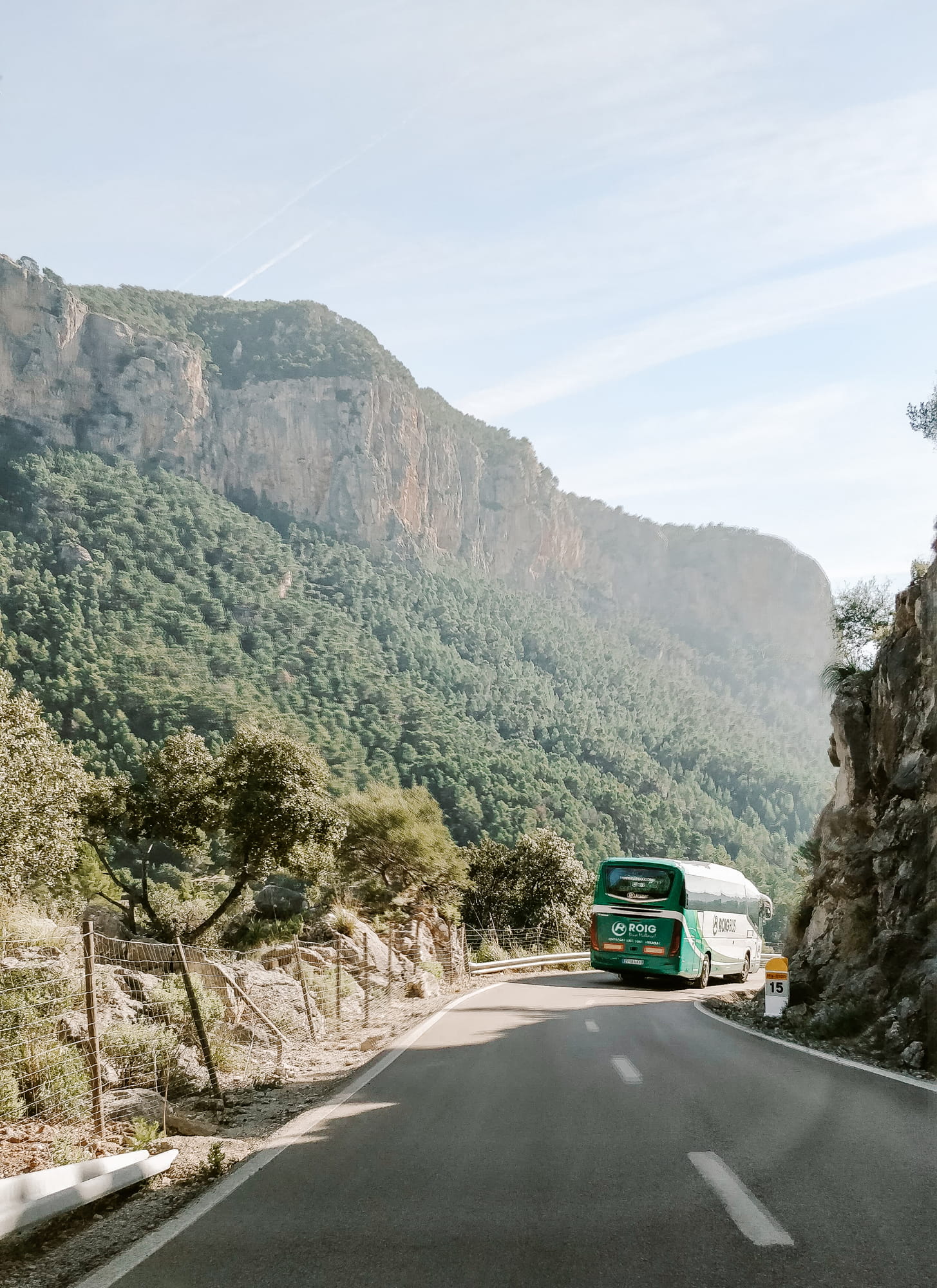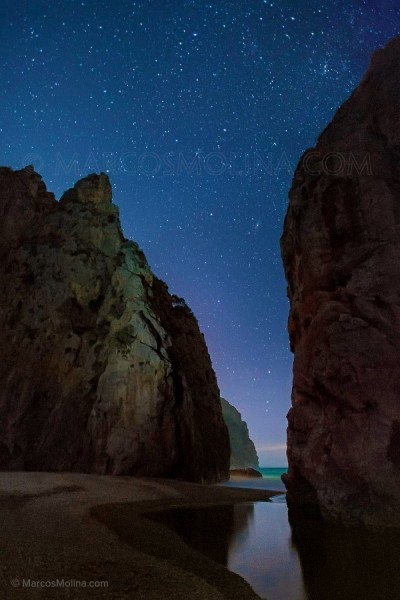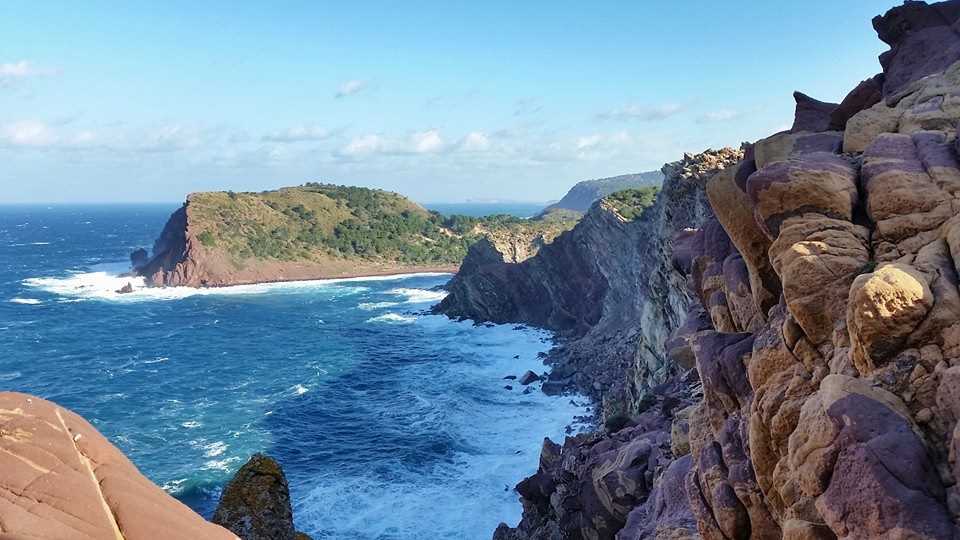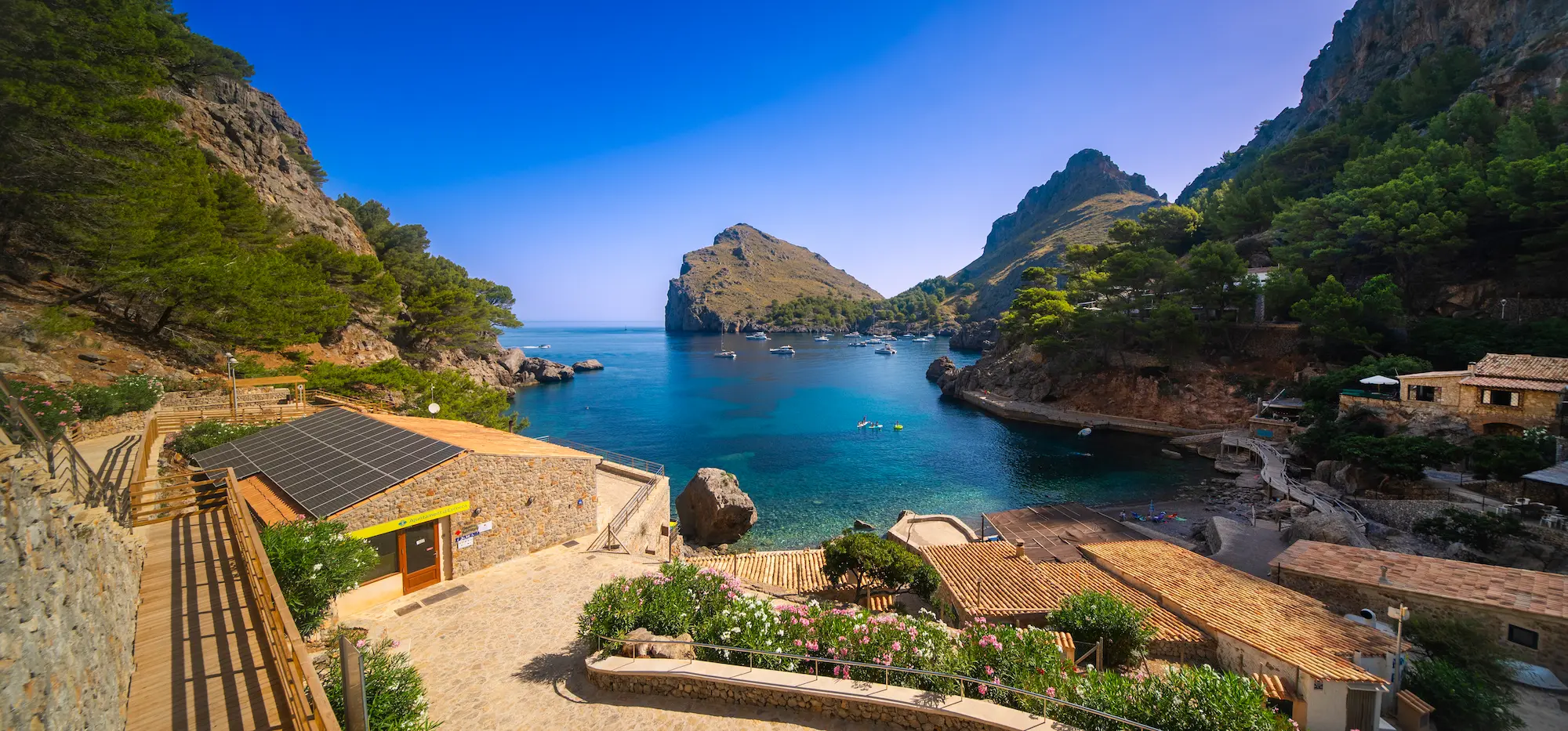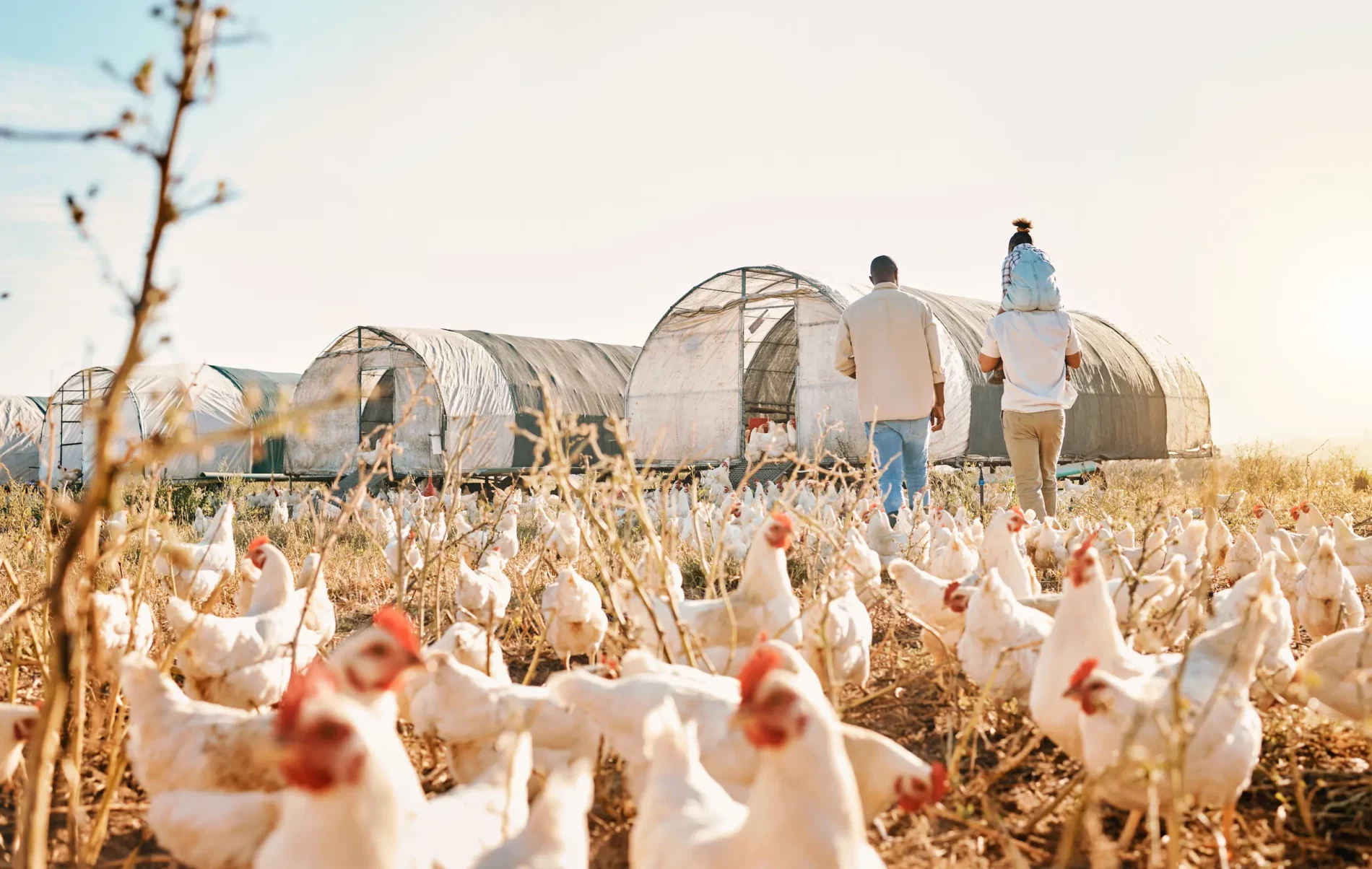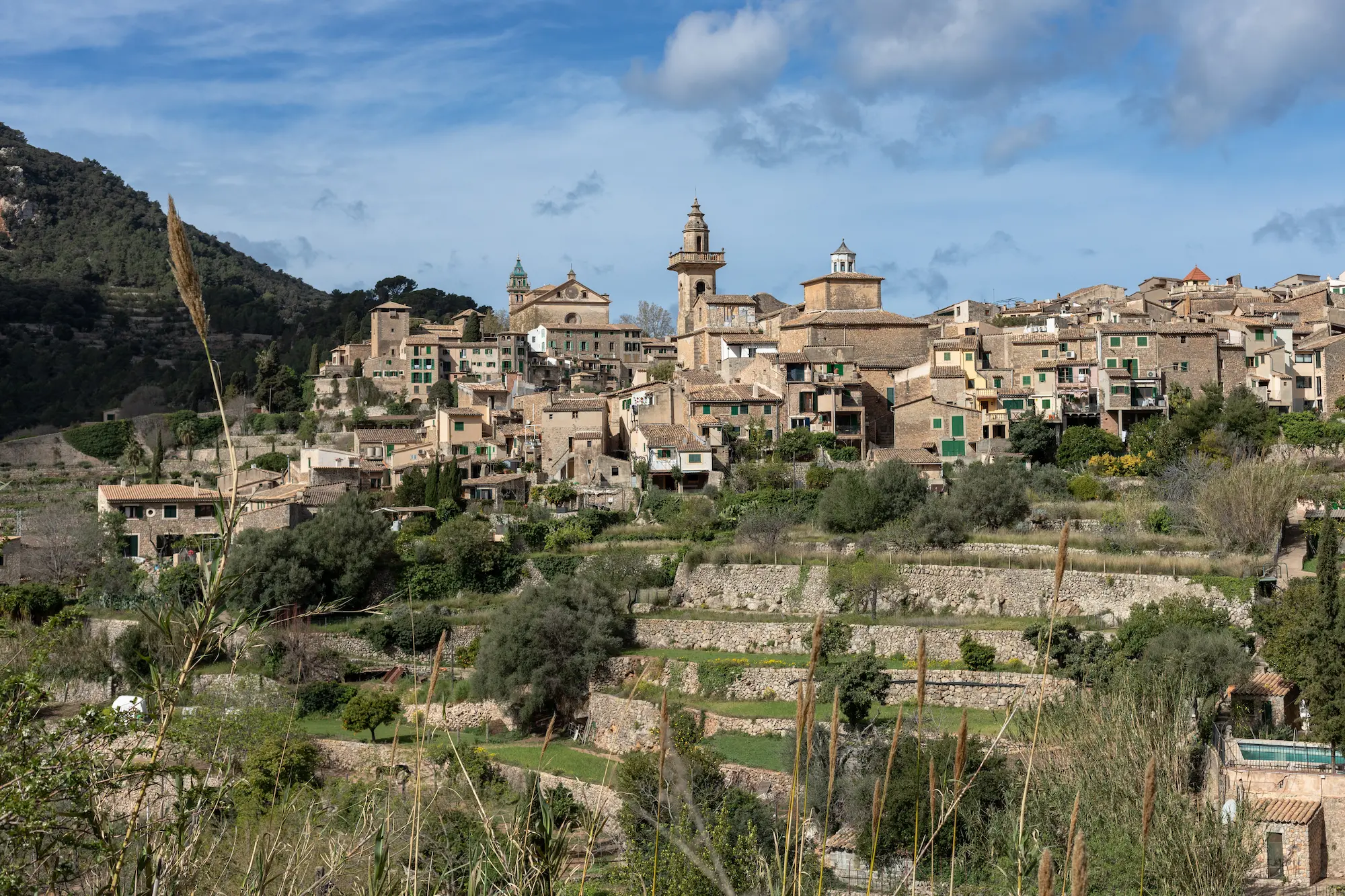S’Albufera de Mallorca is the largest and most important wetland area of the Balearic Islands and has an approximate area of 1,650 hectares. It has a long history and it has changed greatly over time in size and characteristics due to changing sea levels.
At ROIG, we want you to discover all of the beautiful landscapes of Mallorca, and not just the main tourist routes. That’s why we present to you the magical s’Albufera, a natural park declared in 1988 as a Wetland of International Importance.
Where is s’Albufera de Mallorca?
As we have mentioned before, s’Albufera de Mallorca is the most extensive wetland area of the Balearic Islands and is separated from the sea by a chain of dunes. Although some 18 million years ago there were already meadow formations in this area, the current wetland was formed less than 100,000 years ago. Over time its morphology has changed until it reached its current state.
The natural park is one of the most beautiful landscapes to visit in Mallorca and is located between the municipalities of Muro and Sa Poble, in the area of the bay of Alcúdia. This area is one of the most diverse in Mallorca, with long white sandy beaches, mountain and hiking areas, as well as the remains of a Roman city and a walled town with a beautiful historic centre.
The main entrance to the natural park of s’Albufera is located next to Pont dels Anglesos, or ‘English bridge’. If you are coming from Alcúdia, the entrance will be on the right just after crossing the bridge.
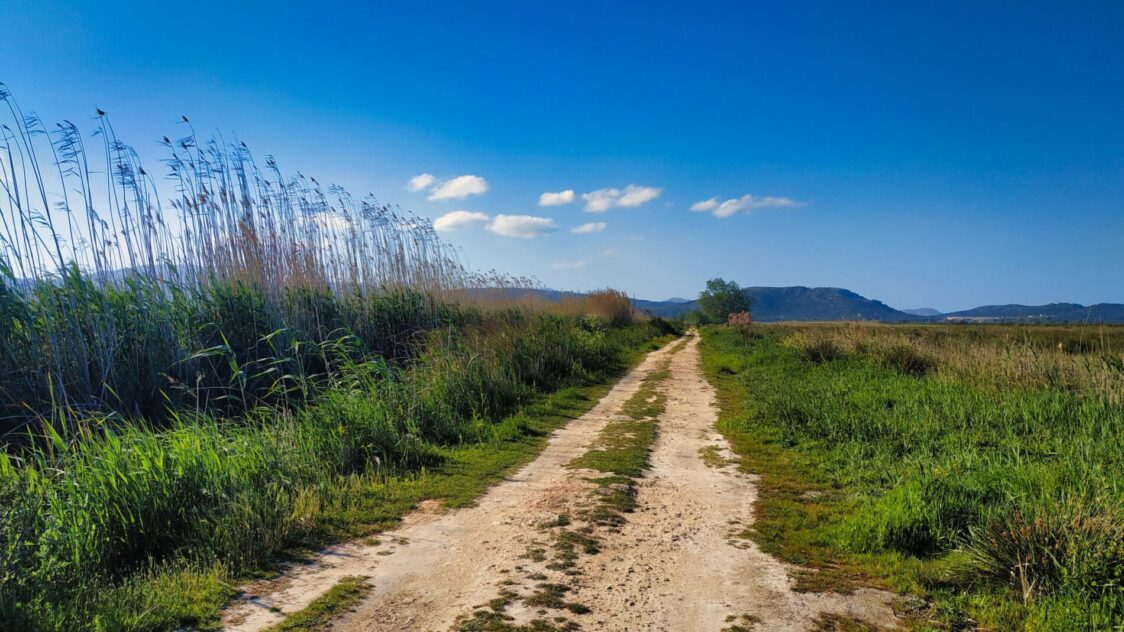

When is the best time to visit S’Albufera de Mallorca?
S’Albufera Natural Park is open every day of the year, except Christmas Day and December 31st. Visiting hours are from 9 am to 6 pm between April 1 and September 30, and from 9 am to 5 pm between October 1 and March 31. Admission is free, although a permit must be requested at the park’s reception centre.
The park is open all year round, but the best times to visit s’Albufera are in winter and spring, when there is more water, and it isn’t too hot. There are more birds during the summer months, however, the large number of tourists can diminish the charm of your visit.
Flora and fauna of s’Albufera
The fauna and flora of s’Albufera de Mallorca are, without a doubt, one of the main attractions of the area and the reason why travellers visit this natural park.
The reservoir is supplied by mountainous tributaries from the Serra de Tramuntana and is located near the coast, among a landscape of dunes. Once inside, you will discover an animal and plant world rich in species, in which around 270 types of birds living in the area have already been studied.
Some of the most important birds that live there are the osprey, the little egret, and the peregrine falcon. Migratory birds use the wetland as a resting area on their routes during some months of the year. These species include flamingos, waders, and plovers, among others.
In addition, numerous turtles live in the ponds and shallow water regions. Due to its location near the sea, salt water flows into the wetland waters, especially in the summer months, when rainfall is low. For this reason, there is also a large variety of plants in the protected area.
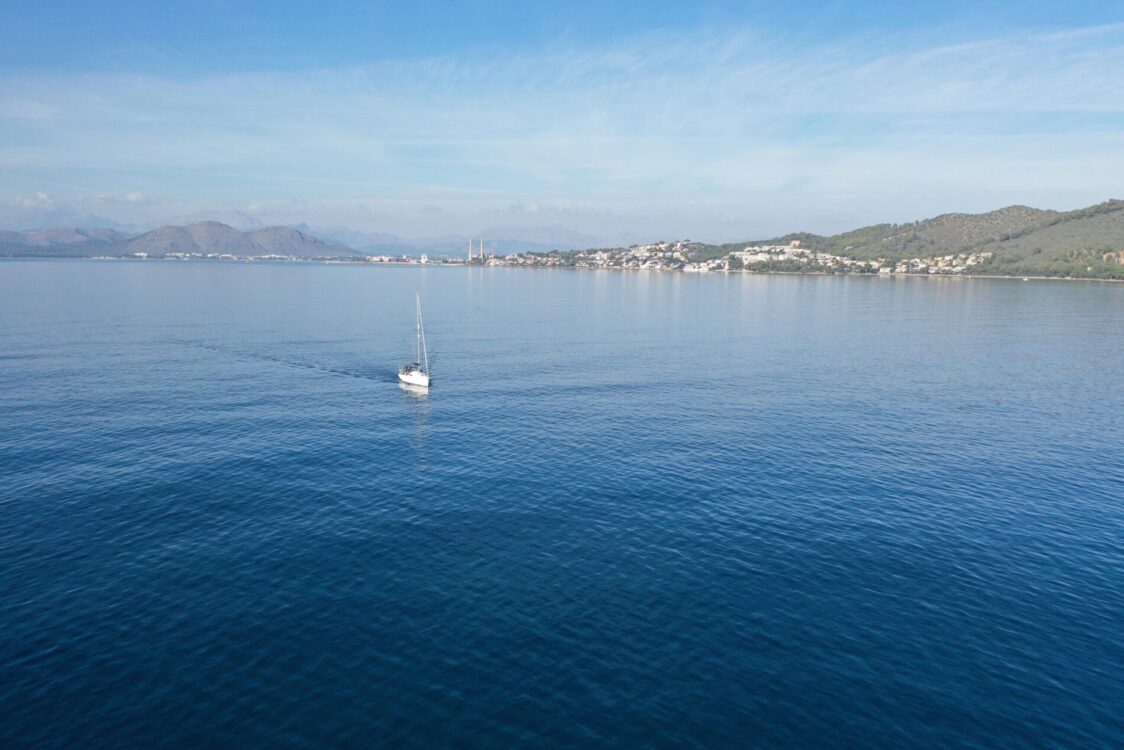

How to get to s’Albufera
Access to s’Albufera is on foot or by bicycle through the Pont dels Anglesos. The best way to get there is by car as there is a car park at the entrance of the park, as well as parking available in nearby streets. You can also take the bus using lines L351 and L352.
The first thing you should do is go to the reception at the park and register as a visitor. Once you are there, you will be informed about what to see in s’Albufera de Mallorca, as well as the rules you must follow while visiting the park. One of the main rules is that you can not bring animals with you, to protect the natural habitat of the species that inhabit the wetland.
You can also ask about the best walking and cycling routes to take in s’Albufera de Mallorca.
Hiking routes in s’Albufera
To explore s’Albufera properly, choose from one of the four tracks available in the area to walk or cycle. At the visitor centre they will advise you on which route is most suitable for you.
Colombars route
This route will allow you to tour one of the most interesting and varied areas of the nature reserve, where you can enjoy its scenic beauty and rich biodiversity.
The des Colombars route is an 8km loop trail that begins and ends at the visitors’ centre of the reserve. On this trail, you’ll pass through forest areas, wetlands, dunes, and lagoons, and you will be able to see a great variety of birds and other animals typical of the area.
It is advisable to wear comfortable clothes and shoes, sunscreen, and take plenty of water. It is also important to respect the rules and signs of the park to avoid disturbing the environment and the species that inhabit it. These are the main points of interest on the des Colombars route:
- Visitors’ centre
- Ses Puntes viewpoint
- Forest area
- Lagoon des Peix
- Dunes
- Can Picafort viewpoint
- Wetlands
- Lagoon des Geperut
- Reed beds
- Rice fields
Sa Roca route
This route will take you through the northernmost part of the nature reserve, where you will have beautiful views of the landscape and especially the fauna of the area.
The Sa Roca route is a 5.5km loop trail that also starts and ends at the visitor centre. Along this route, you will pass through forest areas, dunes, beaches, and lagoons, and you will see a great variety of birds and other animals typical of the area. These are the highlights of the Sa Roca route:
- Visitors’ centre
- Dunes
- S’Oberta beach
- Wetlands
- S’Oberta lagoon
- Sa Roca viewpoint
- Forest zone
- Sa Roca lagoon
Camí d’Enmig – Ses Puntes
This route will take you through the wetlands of the park, where you will see nature in its purest form and discover the native fauna of the area.
The Camí d’Enmig – Ses Puntes route is an 8.5km loop trail from the visitors’ centre. On this path, you will see a range of different ecosystems including forests, wetlands, beaches, and a great number of birds and other animals that inhabit the reserve.
These are the main points of the route:
- Visitors’ centre
- Camí d’Enmig
- Wetlands
- Ses Puntes lagoon
- S’Oberta beach
- Sa Roca viewpoint
- Dunes
- Sa Roca channel
Cibollar track
This route also takes you through a wetland area in the park, where you will be able to observe a variety of birds and other animals that live in the reserve.
The Cibollar route is a loop track from the visitors’ centre that is approximately 7km long. Highlights of this route include wetlands, dunes, a lagoon, and the chance to see many different birds and animals that inhabit this area. These are the main points of interest on the track:
- Visitors’ centre
- Camí dels Cibolla
- Wetlands
- Cibollar lagoon
- Canal de ses Roquetes
- Dunes
Now you’re armed with everything you need to know about s’Albufera de Mallorca, you’re ready to experience nature in its purest form. If you want to reach the natural park with ease, and explore other magical corners of the island, take a look at our ROIG rental cars, where we will help you find the best vehicle for you, always at the best price.




